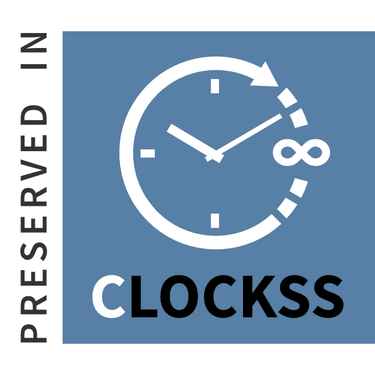Prevalence of Coronary Artery Disease among Adults in Nepal
Abstract
Background: Coronary Artery Disease is a leading cause of death and a major disorder affecting the heart and blood vessels. The aim of this study is to estimate the prevalence of Coronary Artery Disease and its associated risk factors in Nepal.
Methods: This population-based descriptive cross-sectional survey involved 12,557 participants aged 20 years and older, selected through a multistage stratified cluster sampling method. Data on demographics and risk factors were collected via face-to-face interviews, physical examinations, and laboratory tests. The association of different variables with Coronary Artery Disease outcomes was assessed using descriptive statistics.
Results: The prevalence of definite Coronary Artery Disease among Nepalese adults aged 20 years and older was found to be 0.5% (95% CI: 0.3-0.7). Possible Coronary Artery Disease had a prevalence of 2.1% (95% CI: 1.6-3.4), and probable Coronary Artery Disease had a prevalence of 0.3% (95% CI: 0.2-0.4). Higher prevalence rates were observed among older individuals, urban residents, those with higher education levels, males, and participants with hypertension, diabetes, and elevated total cholesterol levels.
Conclusion: This study represents the first comprehensive national population-based assessment of Coronary Artery Disease in Nepal. The findings indicate a significant burden of Coronary Artery Disease and its risk factors among the adult population. Addressing the high prevalence of Coronary Artery Disease and its risk factors requires both individual and population-level interventions.
Keyword: Coronary arterial disease; Nepal; prevalence.
Copyright (c) 2024 Khem Bahadur Karki, Anil Poudyal, Meghnath Dhimal, Ruth Müller, David A Groneberg

This work is licensed under a Creative Commons Attribution-NonCommercial 4.0 International License.
Journal of Nepal Health Research Council JNHRC allows to read, download, copy, distribute, print, search, or link to the full texts of its articles and allow readers to use them for any other lawful purpose. Copyright is retained by author. The JNHRC work is licensed under a Creative Commons Attribution-NonCommercial 4.0 International (CC BY-NC 4.0).












